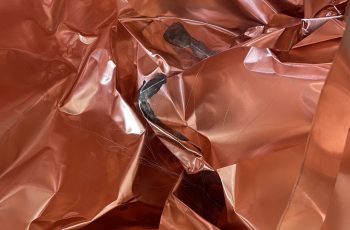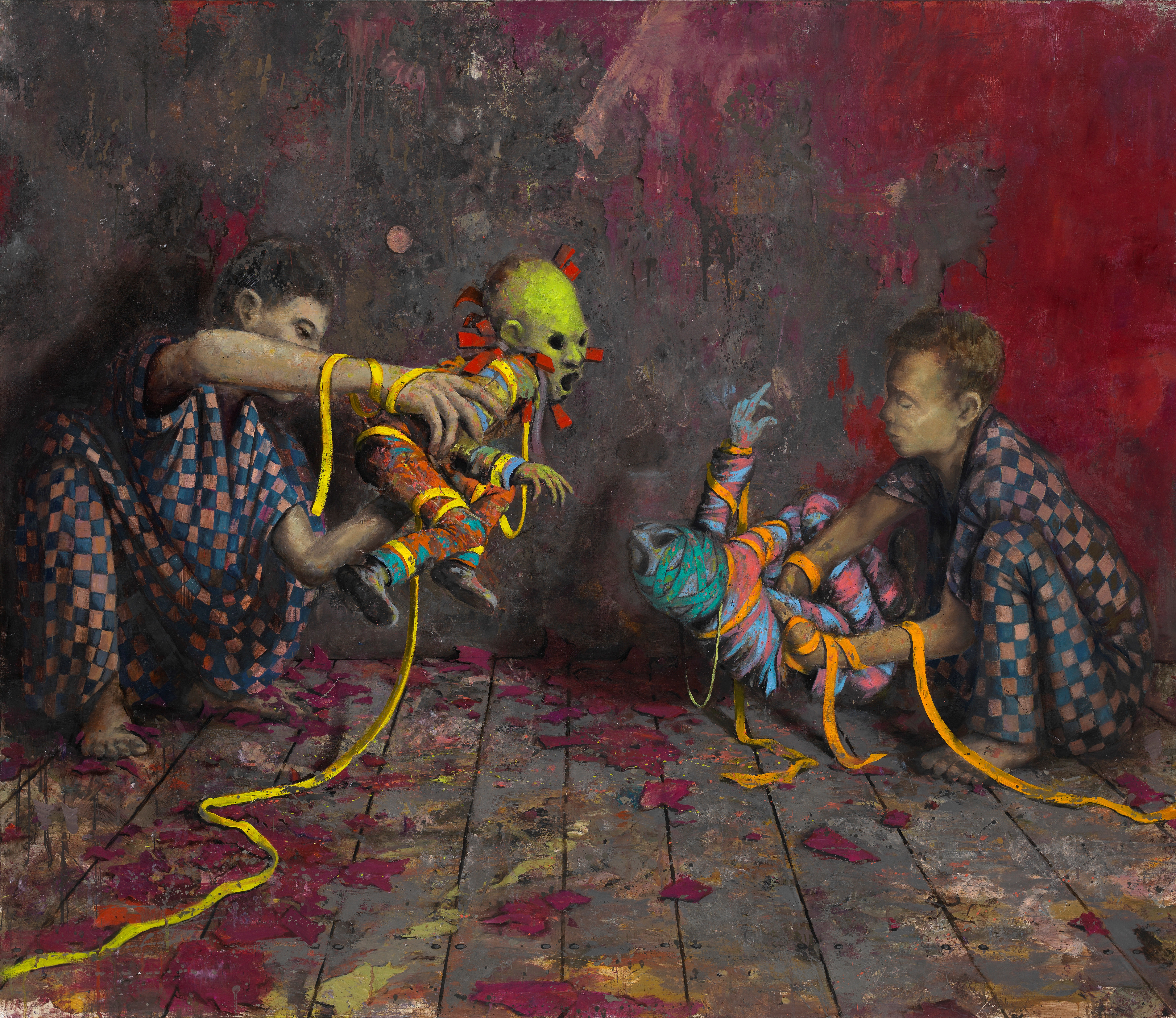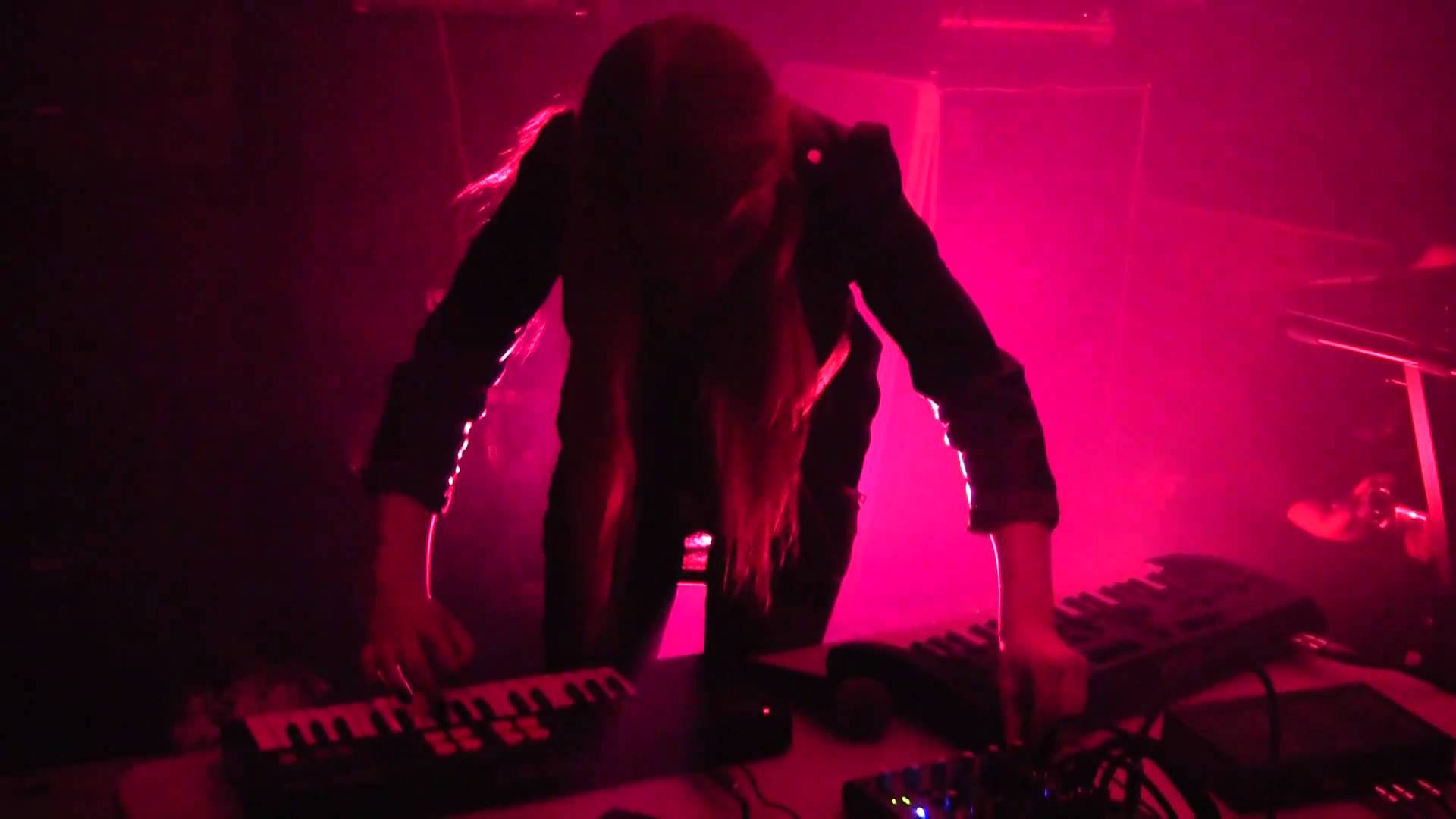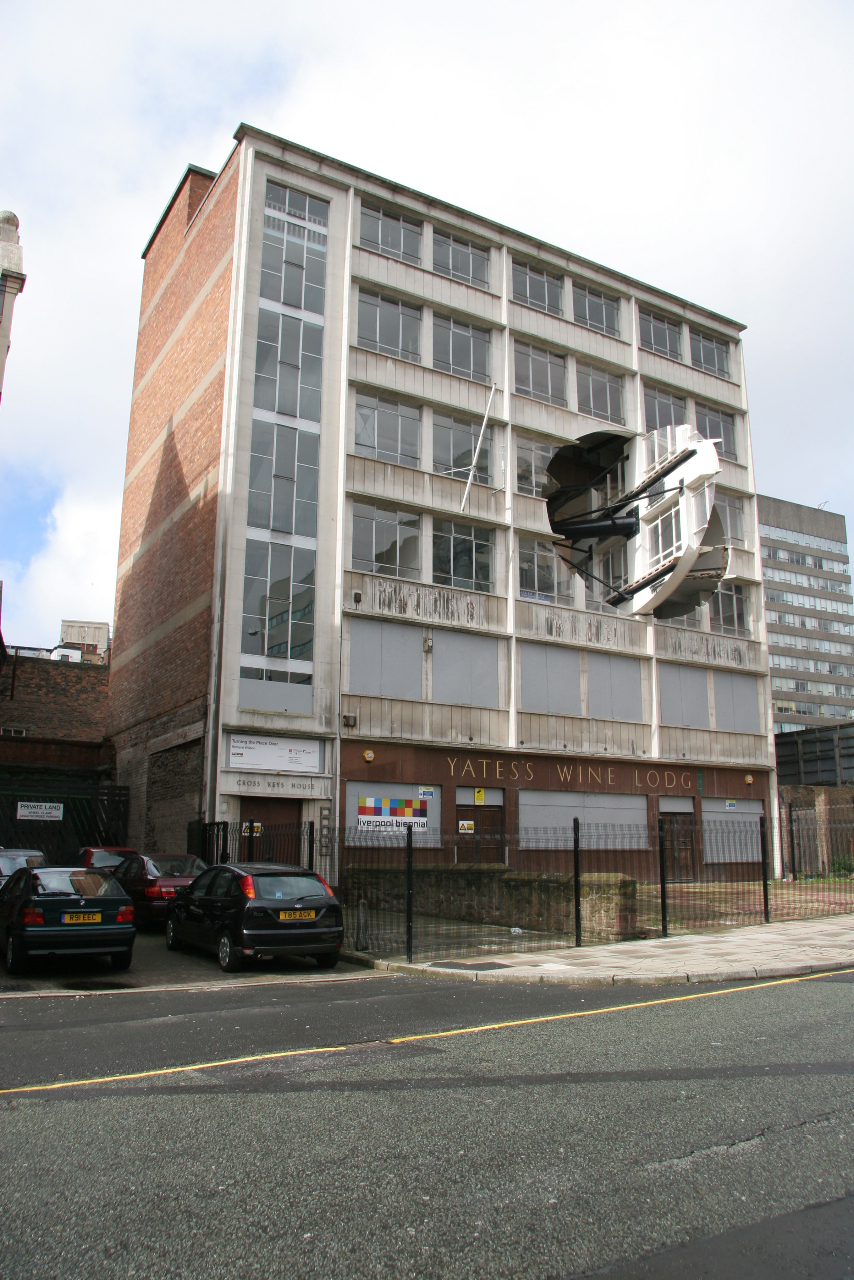
Where are you from?
Born in London
What do you do?
I am a sculptor, I also draw and have a history of tampering with sound making, as performed
Your style in 3 words?
No half measures
What is your weakness?
Dealing with cash
What is your strength?
I can think on my feet and collaborate at an architectural scale
What makes you different?
I go that much further than a lot of em’ whilst totally involving myself with every aspect of an idea!
Where lie the roots of your works, by who were you inspired?
From Hornsey College of Art to American Land Art whilst indulging 60’s 70’s bands on to travelling, Berlin, Butlers Wharf, feats of engineering, structures, the spectacular…and colluding with Anne Bean and the late Paul Burwell
When did you begin to play with one’s preconception of space and why?
When I realised objects were not quite my thing and that the setting had to influence a work
What do you feel you achieve when intervening into architecture?
When you re-structure, you re-examine. Current tendencies appear to re-tread known paths. Surely the idea is to discover new territories.
What kind of feeling is it to create a new volume in a space?
Fulfilling
In the series 20:50 you use sump oil, why?
Because it gave me the best reflection I could find, cheaply and it was a material loaded with connotations like being a hazardous waste material. It was a material that had no art associations like stone or bronze had. Also if you are about transforming why not use a material that had been through its own transformation.
What do you think of reflection?
I reflect on things all the time
When you filled a room in the Saatchi Gallery with oil, you kind of made it inaccessible. Do you think it lost its function as a gallery space?
No the Gallery is the perfect backdrop for witnessing 20:50. It just happened to site the audience in a very specific way
Intervening into urban architecture is obviously your interest, how about interfering with nature and rural landscapes?
It’s been known especially in Japan but I like to tamper with man made structures and they happen to be more prevalent in the cities.
Anything new upcoming soon?
Plenty e.g A Cultural Olympia Project for the UK this summer on the South Coast plus a 80 metres spectacular for the new Terminal Two at Heathrow for 2014 and launching the new enormous project space for Frac Calais in 2013. The phone still rings!
In relation to “Destruction”: Do you like Ruins? How do you feel about them?
A ruin is just another uncalculated state for architecture to exist as. All architecture has a lifespan and all architecture exists as a slow event in time. The ruin is part of that event.
Do you consider your work as creative destruction?
No I’ve not ever destroyed anything as sculpture. Everything is sensitively undone, never just pulled apart. Most sculptors put together and build upward. I undo and separate out.
What does destruction mean to you?
It’s Number 11 on the undoing scale. I’ve always believed in ideas of inclusion, and with freedom, spontaneity, and the unexpected, destruction is always near by. Forces of disorder are not controllable and therefore not humanly liked. This makes destruction a fearful thing despite our ambivilence re, the state of our planet.
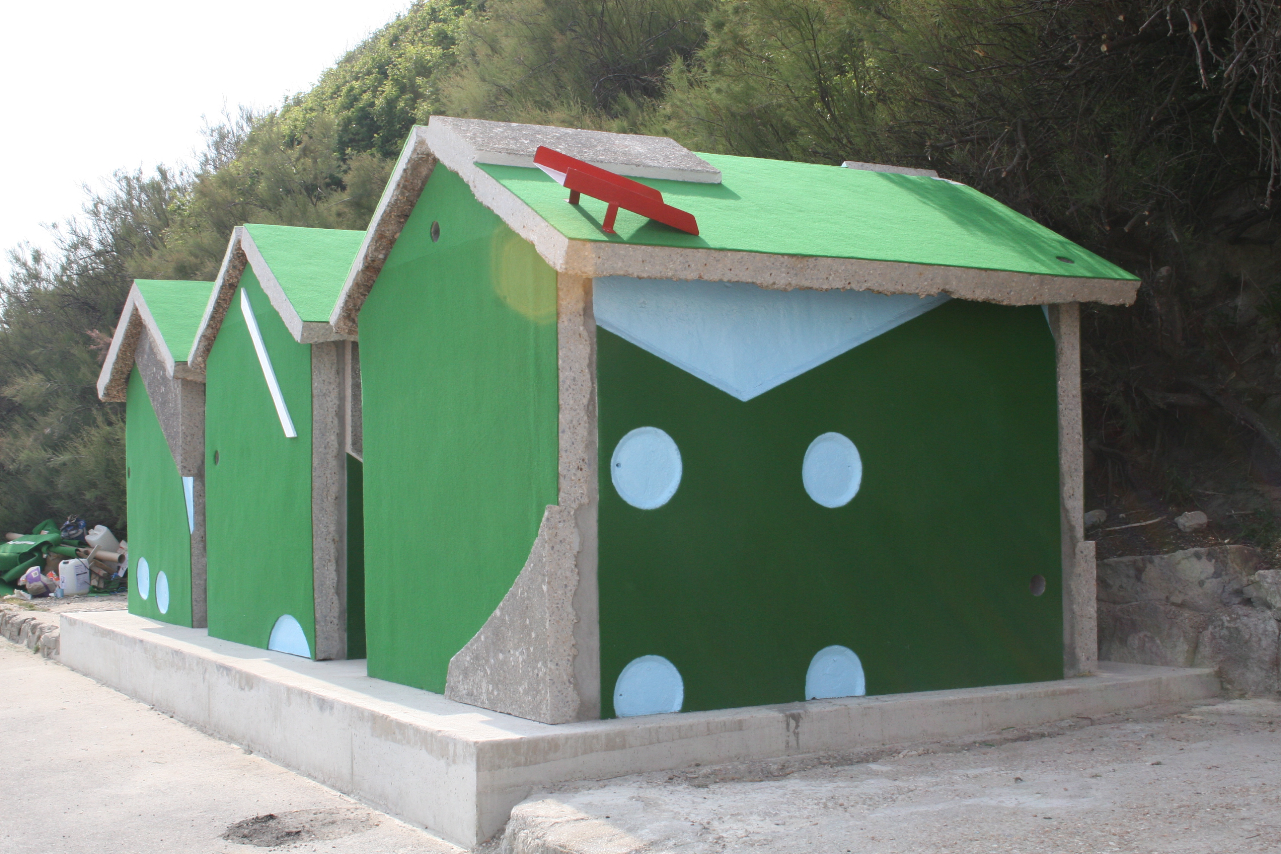
richardwilson.sculptor@virgin.net
by Gabrielle Berlin

